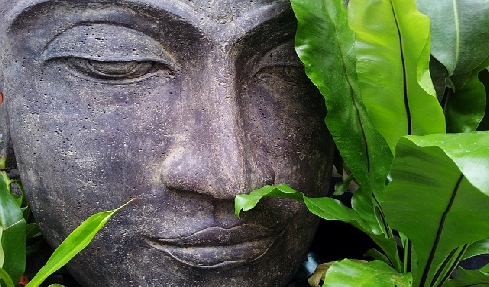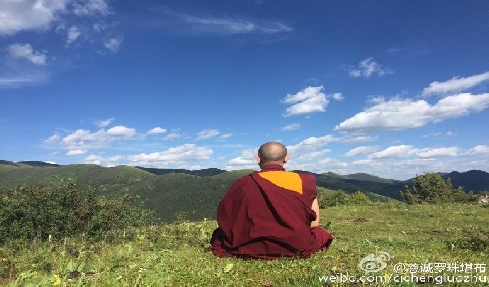What are the “Two Truths”? To first give an example, we get two different results when looking at a pebble with our eyes and through a microscope. When looking at the pebble with our naked eye, we see a static object no matter how carefully we concentrate. Observing the pebble with a microscope, however, it is gradually shown to be composed of molecules, atoms, nuclei, electrons, protons, neutrons, quarks and other tiny particles, according to the magnification of the microscope. Each of the particles rotates continuously—the speed of an electron circling within a nucleus is six hundred miles per second. With such high-velocity motion, the atom looks more like a ball. This example indicates that nothing is absolutely static. The pebble seems to be motionless to our naked eye, but the microscope tells us it is continuously moving. The pebble could not be both motionless and moving; this is contradictory. Therefore, we can conclude that its true existence is either “motionless” or “moving”. Which is the truth? Relatively speaking, what we can see with the microscope is more accurate and closer to the truth. What we see with our naked eyes is not real and may be called illusion or relative truth.
[Excerpt from Luminous Wisdom Book Series ~ The Illusory World]











